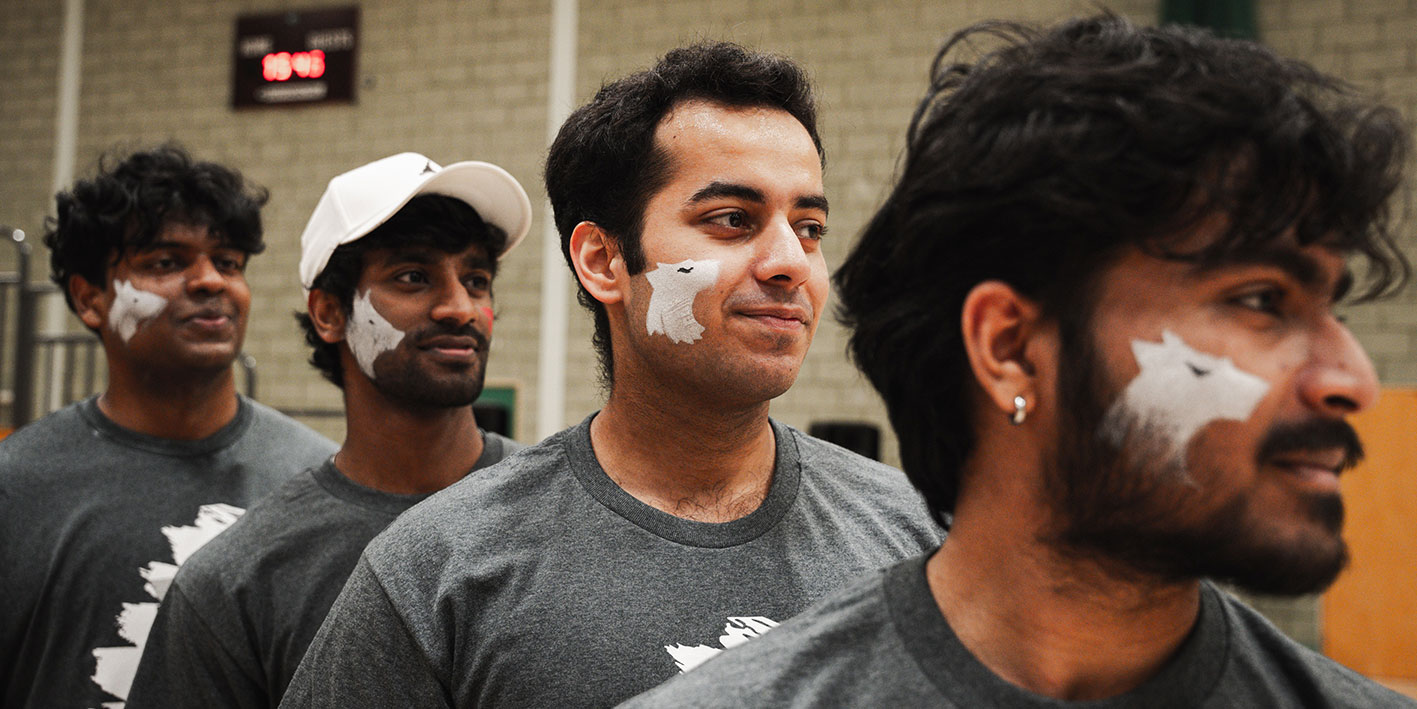
"Bleep test is still the gold standard of field tests for cardiorespiratory fitness"
University of Wolverhampton’s Professor in Sport Alan Nevill has developed a model that proves that the 20-metre shuttle run, often called the bleep test, is still the best field test for assessing cardiorespiratory fitness, despite recent questions surrounding its validity in young people.
The test is extremely popular among sport practitioners and so doubt on the test’s validity was of great concern across the sport and exercise industry. Professor Nevill hopes the results from his recent paper provide reassurance and comfort to those who rely on the test.
He said: “These results are important. There have been many sports practitioners, including coaches, who have been concerned since the scepticism arose around the bleep test, as it was therefore unclear of what was the best way forward.
“I hope this paper provides them with reassurance; knowing that the bleep test is still the gold standard field test for assessing cardiorespiratory fitness and is appropriate for youth and adults.
“Knowing cardiorespiratory levels in young people and adults is extremely important as we know low levels of cardiorespiratory fitness are associated with the highest risk of long-term mortality.”
Cardiorespiratory fitness is universally acknowledged as a key index of health as well as a valuable indicator of potential endurance performance. The bleep test is probably the most widely used field test of cardiorespiratory fitness.
The test is used around the world as one of the measures of physical health used for admittance into certain job roles, such as those in the armed forces and police. It is also used by sports coaches and in physical education in schools. During the test, participants run a distance of 20 metres between bleep sounds which get progressively faster through the audio recording’s levels.
Professor Nevill’s paper demonstrates that the doubts recently cast over the test are unfounded. Using allometry, a new biologically and physiologically sound curvilinear (J-shaped) model, he and his co-authors show that the test is still valid in both youth and adults alike.
They therefore recommend that the bleep test should continue to be used to measure cardiorespiratory fitness.
The full paper was published in Sports Medicine and can be read here.
For more information please contact the Corporate Communications Team.


/prod01/wlvacuk/media/departments/digital-content-and-communications/images-2024/240328-Varsity-Line-Up-Resized.jpg)
/prod01/wlvacuk/media/departments/digital-content-and-communications/images-18-19/220325-Engineers_teach_thumbail.jpg)
/prod01/wlvacuk/media/departments/digital-content-and-communications/images-2024/240404-Digital-Humanities-Training-Resized.jpg)
/prod01/wlvacuk/media/departments/digital-content-and-communications/images-2024/240320-Uzbekistan-Resized.jpg)
/prod01/wlvacuk/media/departments/digital-content-and-communications/images-2024/240229-The-Link-Resized.jpg)
/prod01/wlvacuk/media/departments/digital-content-and-communications/images-2024/240404-Pharmacy-Students-Resized.jpg)

